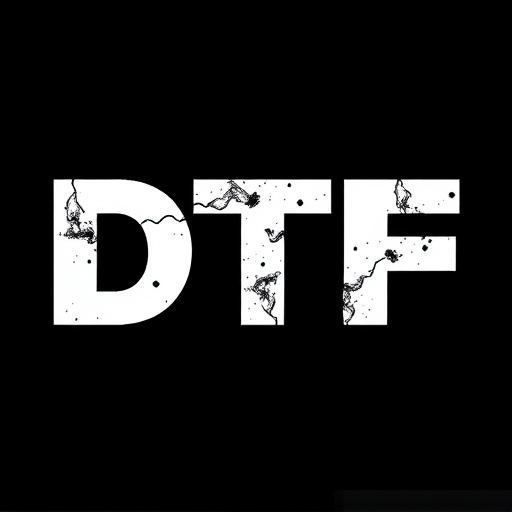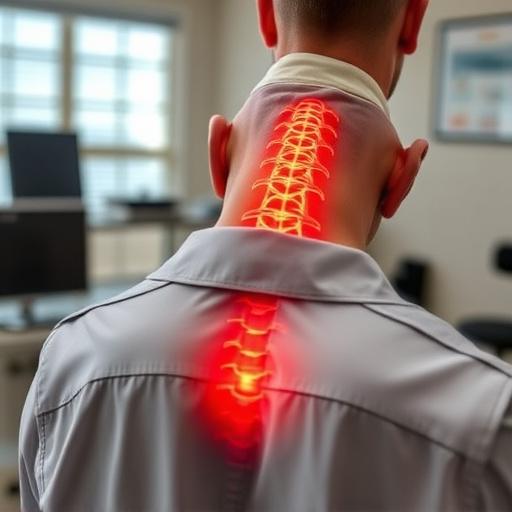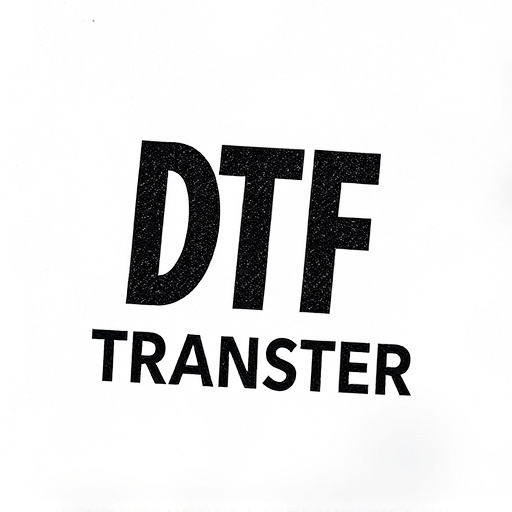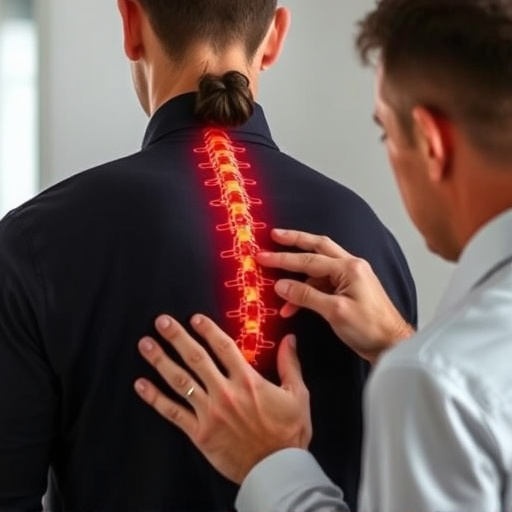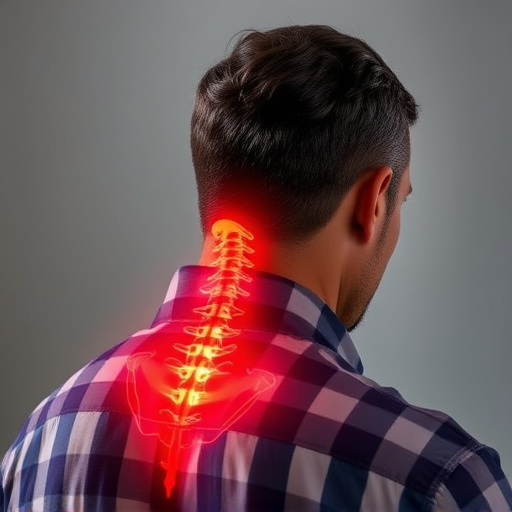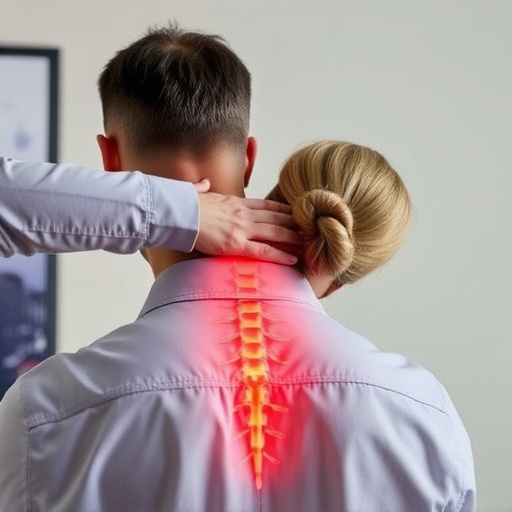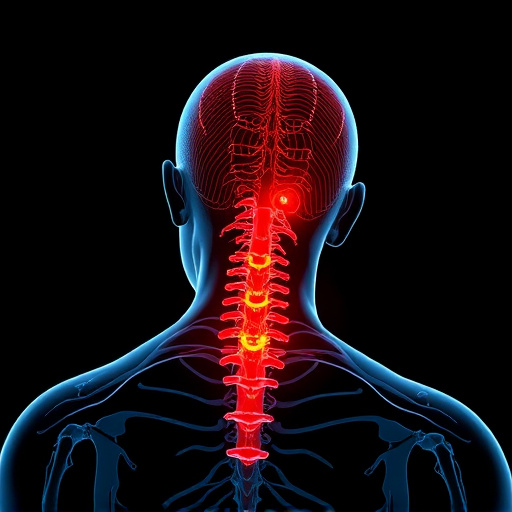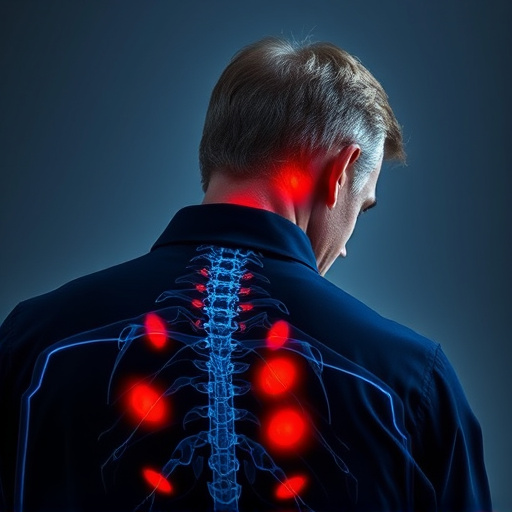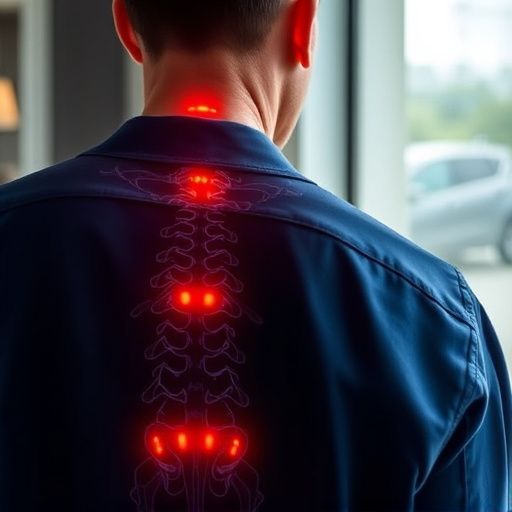Neck and back pain, caused by muscular strain, arthritis, herniated discs, or poor posture, can be managed through a multi-faceted approach. Recognize triggers and implement lifestyle changes like exercise, ergonomic practices, stress reduction, balanced diet, hydration, and quality sleep for long-term relief. Therapeutic options include heat/cold therapy, exercises, stretches (e.g., cobra pose), physical therapy, and natural remedies (yoga, acupuncture, massage). By addressing root causes, these strategies offer effective neck and back pain relief, enhancing overall well-being.
“Experience lasting relief from cervical stiffness and pain with our comprehensive guide. Neck and back pain relief is achievable through a multi-faceted approach. We’ll explore effective solutions, starting with understanding common causes and symptoms of these nagging issues. Discover lifestyle changes, therapeutic options like heat and cold therapy, and targeted exercises to soothe your neck.
From physical therapy sessions to natural remedies, this article provides valuable insights for managing and preventing pain, helping you reclaim comfort in your daily life.”
- Understanding Neck and Back Pain: Causes and Symptoms
- Lifestyle Changes for Long-Term Relief
- Therapeutic Options: From Heat to Cold Therapy
- Exercises and Stretches for a Soothed Cervical Area
- The Role of Physical Therapy in Pain Management
- Exploring Natural Remedies and Alternative Treatments
Understanding Neck and Back Pain: Causes and Symptoms
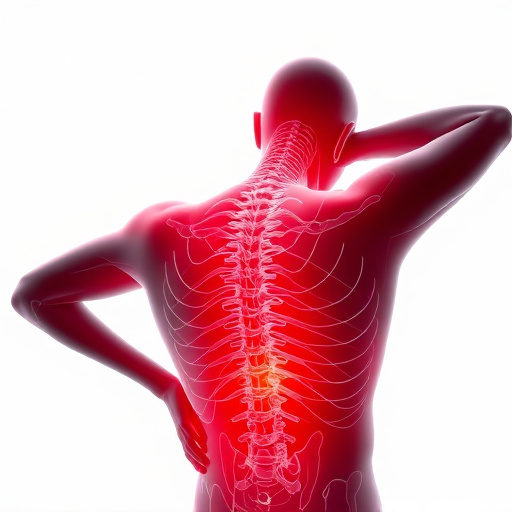
Neck and back pain is a common issue that can arise from various factors, often affecting individuals’ daily lives and overall well-being. The cervical area, encompassing the neck and upper back, is particularly vulnerable to stiffness and discomfort due to its role in supporting the head and facilitating movement. Understanding the causes and symptoms of neck and back pain is essential for anyone seeking effective relief.
Several elements contribute to this type of pain. Muscular strain from poor posture, overuse, or sudden movements can lead to spasms and tightness. Additionally, conditions like arthritis, herniated discs, or spinal stenosis may cause pressure on nerves, resulting in sharp or dull aches. Tension from stress or sleep positions can also play a significant role. Recognizing these triggers is the first step towards finding appropriate neck and back pain relief. Symptoms may include persistent soreness, stiffness, headaches, radiating pain into the arms or legs, and difficulty moving the neck or back without discomfort.
Lifestyle Changes for Long-Term Relief
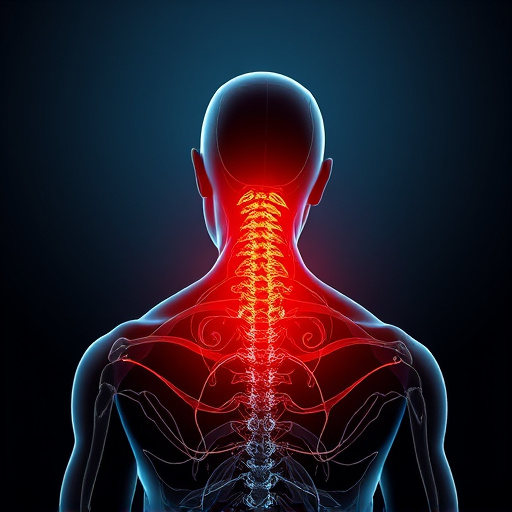
Making sustainable lifestyle changes can significantly contribute to long-term neck and back pain relief. Incorporating regular exercise tailored for strengthening the neck and back muscles, maintaining good posture during daily activities, and adopting ergonomically sound practices at work and home are essential strategies. Additionally, managing stress through techniques like mindfulness meditation or yoga can help alleviate tension that often exacerbates pain.
A balanced diet rich in nutrients supports overall body health, including proper spinal alignment and disc function. Staying hydrated and getting sufficient quality sleep also play vital roles in recovery and preventing recurring discomfort. By integrating these lifestyle modifications into your routine, you can achieve lasting neck and back pain relief and improve your overall well-being.
Therapeutic Options: From Heat to Cold Therapy
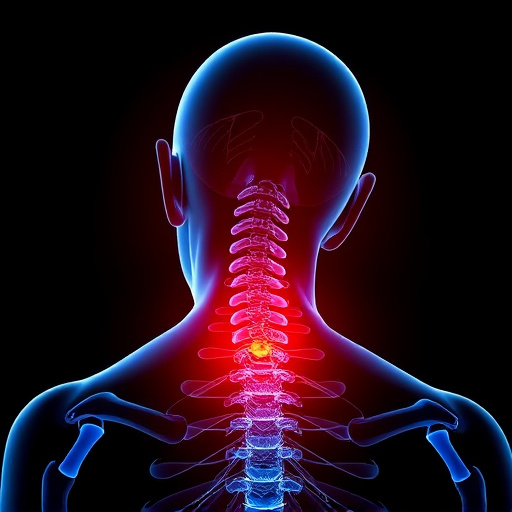
Many people suffering from neck and back pain find relief through therapeutic options that range from heat to cold therapy. Heat treatment, such as warm compresses or heating pads, can help relax tense muscles and increase blood flow in the affected area, providing temporary pain relief for conditions like stiff necks or muscle spasms. Applying heat is particularly effective when combined with gentle stretching exercises tailored to the cervical region.
In contrast, cold therapy involves using ice packs or cold compresses to reduce inflammation and numb the pain, which can be beneficial for acute injuries, sprains, or post-exercise soreness. Unlike heat, cold therapy constricts blood vessels, minimizing swelling and numbing the pain receptors, offering a different but equally effective approach to neck and back pain relief. Both methods have their merits and can be used sequentially or in conjunction, depending on the nature and severity of the pain.
Exercises and Stretches for a Soothed Cervical Area
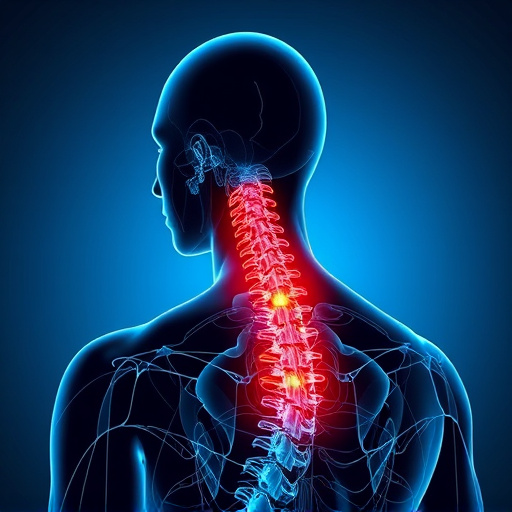
Exercises and stretches are an effective way to ease neck and back pain relief. Simple movements can help improve mobility, reduce stiffness, and soothe discomfort in the cervical area. Start with gentle neck rolls, slowly moving your head from side to side and then in circular motions. This helps lubricate the joints and relaxes tense muscles. Similarly, shoulder shrugs and chest stretches can relieve pressure on the neck and upper back.
Consider incorporating yoga poses like the cobra or cat-cow stretch, which promote a healthy range of motion for the spine. These exercises not only provide neck and back pain relief but also enhance overall posture and core strength, supporting long-term well-being.
The Role of Physical Therapy in Pain Management
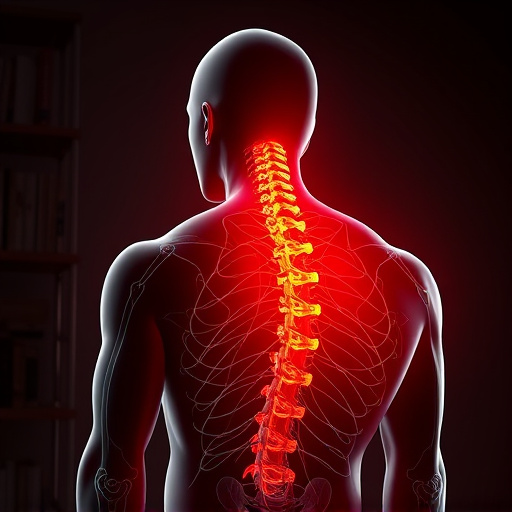
Physical therapy plays a pivotal role in managing and alleviating neck and back pain, offering a holistic approach to pain management. Trained therapists employ various techniques tailored to individual needs, focusing on improving flexibility, strengthening muscles, and enhancing overall posture. Through targeted exercises, manual therapy, and education, physical therapy can significantly reduce stiffness and pain in the cervical region, promoting long-term relief and preventing future occurrences.
This non-invasive approach not only provides immediate neck and back pain relief but also empowers individuals with the knowledge and tools to maintain a healthy spine. By addressing the root causes of discomfort, physical therapy offers a sustainable solution, enabling patients to regain control over their well-being and improve their quality of life.
Exploring Natural Remedies and Alternative Treatments
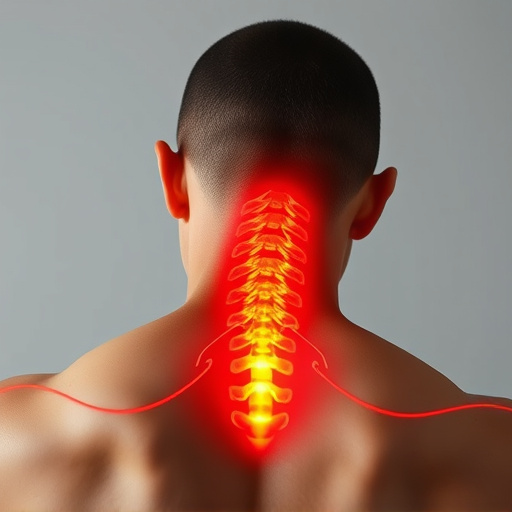
Many people seeking neck and back pain relief turn to natural remedies and alternative treatments as a way to ease their discomfort without relying solely on medication or invasive procedures. These methods often focus on addressing the root causes of cervical stiffness and pain, promoting overall well-being rather than just masking symptoms. Techniques such as yoga, tai chi, and gentle stretching exercises can help improve flexibility and range of motion in the neck and upper back, providing lasting relief from tension and stiffness.
Alternative therapies like acupuncture, massage, and herbal remedies have also gained recognition for their potential benefits. Acupuncture involves inserting thin needles at specific points to stimulate natural healing responses, while massage therapy targets muscle knots and promotes blood circulation to reduce pain and improve posture. Herbs like ginger and turmeric, known for their anti-inflammatory properties, can be incorporated into dietary regimens or taken as supplements to support cervical health and alleviate pain naturally.
